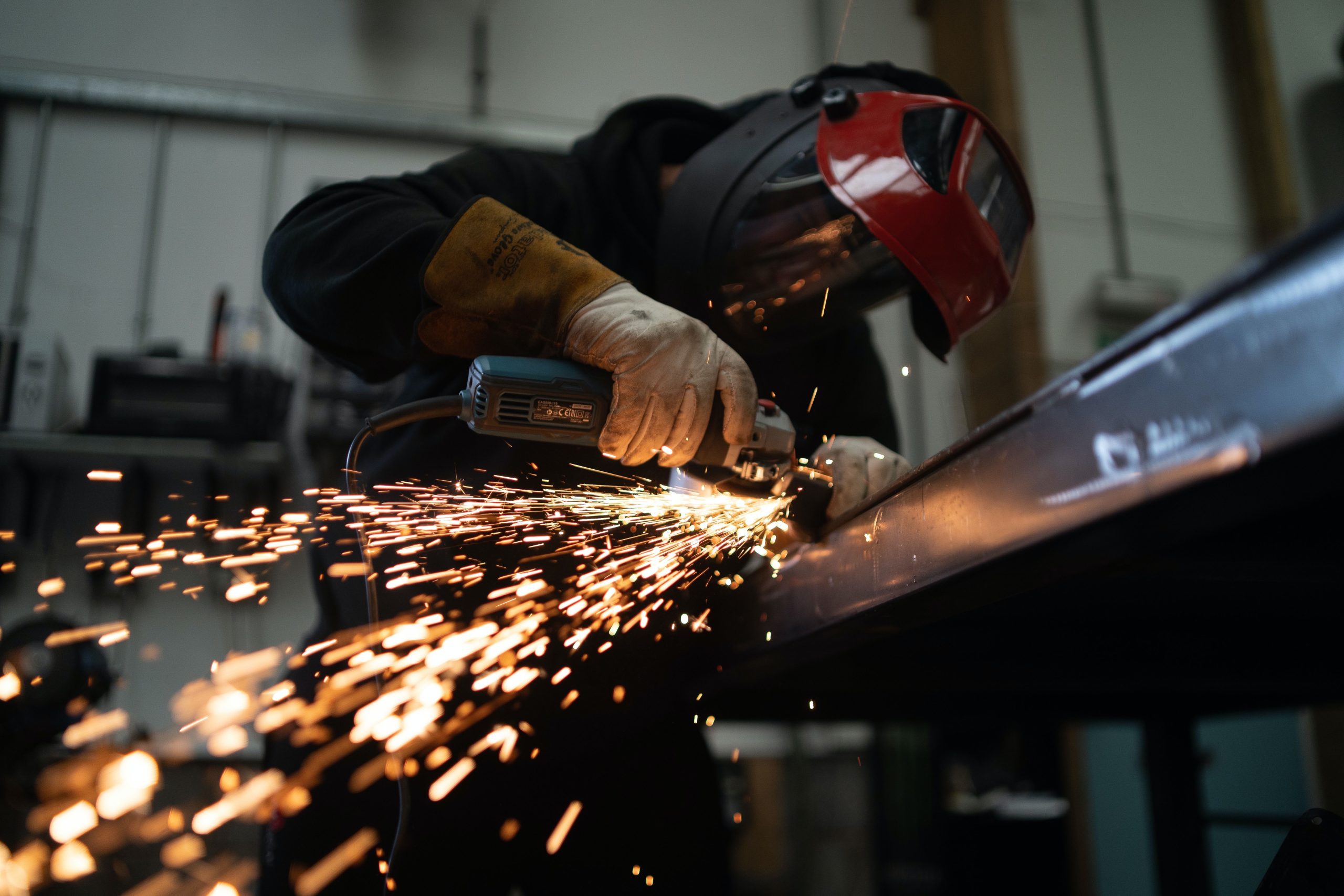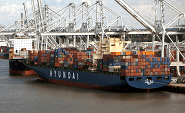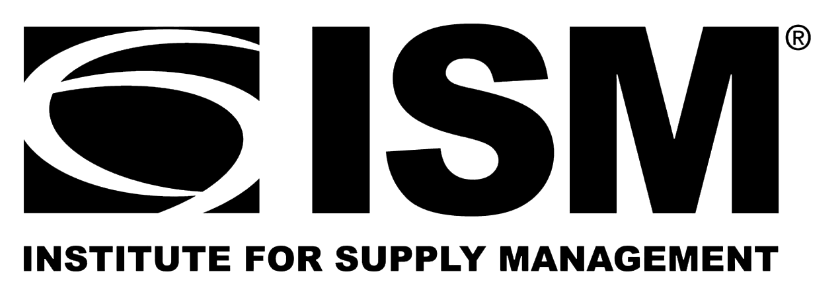Economy

More Widgets to be Built in the U.S.?
Written by John Packard
May 16, 2019
Flat rolled steel prices continue to be under pressure even though mill capacity utilization rates continue to be above 80 percent. However, our own analysis of the flat rolled markets has been showing a steady decline in lead times, which suggests weakening order books.

One thing those involved in the steel industry need to be aware of is that the AISI weekly capacity utilization rates are based on data provided from approximately 50 percent of the producing mills. The monthly AISI reports are based on information from 75 percent of the industry, which makes the monthly data more reliable.
The Section 232 steel tariffs did boost prices when first announced. Extended lead times associated with foreign steel supply, coupled with products that were not readily produced by the domestic steel mills, created a situation where moving away from foreign steel suppliers took time. As we’ve moved into calendar year 2019, the amount of finished steel imports has indeed moved lower. This means there are companies moving products from foreign sourcing to domestic steel supply.
We got that message from the head of commercial for one of the domestic steel mills who told SMU earlier this week, “There is a definite shift from guys who were ‘regular’ importers over domestic. We strive to be of service and value to those customers and show them life is better without committing to long lead times, tying up working capital and guessing on price.”
He then went on to project that a more competitive domestic market will eventually lead to more widgets being made here in the United States. The intervention of the U.S. government into the steel industry with Section 232 tariffs has opened the door. The new Section 301 tariffs going from 10 percent to 25 percent will also have an impact on those manufacturing products in China. If there is no resolution with China, we should anticipate that the administration will not remove them as long as Trump is in office.
As Paul Lowrey of Steel Research Associates reported in an article in Steel Market Update late last week, the indirect imports of products containing steel are in the process of being addressed. They are being addressed through the Section 301 tariffs, but that is not all that is happening. Specific products are being identified at the U.S. Department of Commerce for possible antidumping or countervailing duties or to be specifically included in Section 301 tariffs.
The mill commercial officer with whom I was speaking firmly believes (as do most steel mill executives) that some manufacturing will return to the United States. His comment was, “There’s no doubt at all in my mind that 2025 consumption here will be higher than it is now.
“I am more aligned with Lowrey. It is the mountain of steel indirect imports that have to be addressed,” he continued. “By having all of this capacity (modern high quality), the mills will kill each other for the business and price premiums will go down. We have already seen a lot of reshoring in the last five years, but unfortunately a big chunk has gone to Mexico. Tax law, logistics, CAPEX in the U.S., and a declining U.S price premium are steps in the right direction for increases in reshoring. But none of this happens overnight. I believe the fabricated structurals and some shift in pipe are good first steps, but more downstream help is needed. Of course, infrastructure, too (but I’m not holding my breath on this political hot potato).”
Perhaps his last comment should be a warning to all steel buyers: “Nobody can rest on their laurels. Markets are too dynamic. Government intervention makes them even more dynamic. This is stressful!”

John Packard
Read more from John PackardLatest in Economy

New York state manufacturing index drops again in April
Firms were pessimistic, with the future general business conditions index falling to its second lowest reading in the more than 20-year history of the survey

Construction adds 13,000 jobs in March
The construction sector added 13,000 jobs, seasonally adjusted, in March, but tariffs could undermine the industry.

Supply chains, end-users brace for impact from tariffs
Supply chains are working through what the tariffs mean for them

ISM: Manufacturing expansion loses steam after two months of growth
US manufacturing activity slowed in March after two straight months of expansion, according to supply executives contributing to the Institute for Supply Management (ISM)’s latest report.

Chicago Business Barometer rose to 16-month high in March
The Chicago Business Barometer increased for the third-consecutive month in March. Despite this, it still reflects contracting business conditions, as it has since December 2023.
